Hyundai i20 vs Mazda CX-5 – Differences & prices compared
Everyday use, family trips or long-distance drives – here’s where the differences show.
Discover whether Hyundai i20 or Mazda CX-5 fits your lifestyle better.
Costs and Efficiency:
Looking at overall running costs, both models reveal some interesting differences in everyday economy.
Hyundai i20 has a convincingly advantage in terms of price – it starts at 17400 £, while the Mazda CX-5 costs 30000 £. That’s a price difference of around 12600 £.
Fuel consumption also shows a difference: Hyundai i20 manages with 5.20 L and is therefore distinct more efficient than the Mazda CX-5 with 7 L. The difference is about 1.80 L per 100 km.
Engine and Performance:
Power, torque and acceleration are the classic benchmarks for car enthusiasts – and here, some clear differences start to show.
When it comes to engine power, the Mazda CX-5 has a distinct edge – offering 141 HP compared to 100 HP. That’s roughly 41 HP more horsepower.
In acceleration from 0 to 100 km/h, the Mazda CX-5 is barely noticeable quicker – completing the sprint in 10.50 s, while the Hyundai i20 takes 11.10 s. That’s about 0.60 s faster.
In terms of top speed, the Mazda CX-5 performs minimal better – reaching 195 km/h, while the Hyundai i20 tops out at 183 km/h. The difference is around 12 km/h.
There’s also a difference in torque: Mazda CX-5 pulls somewhat stronger with 238 Nm compared to 200 Nm. That’s about 38 Nm difference.
Space and Everyday Use:
Whether family car or daily driver – which one offers more room, flexibility and comfort?
Both vehicles offer seating for 5 people.
In curb weight, Hyundai i20 is clearly lighter – 1088 kg compared to 1629 kg. The difference is around 541 kg.
In terms of boot space, the Mazda CX-5 offers noticeable more room – 583 L compared to 352 L. That’s a difference of about 231 L.
In maximum load capacity, the Mazda CX-5 performs convincingly better – up to 2019 L, which is about 854 L more than the Hyundai i20.
Who wins the race?
The Mazda CX-5 proves to be offers a more balanced package and therefore becomes our DriveDuel Champion!
Mazda CX-5 is the better all-rounder in this comparison.

Mazda CX-5
Hyundai i20
The Hyundai i20 impresses with its sleek design and modern aesthetics, making it a stylish choice in the compact car segment. Its interior is thoughtfully designed, offering comfort and advanced technology for a pleasurable driving experience. The vehicle also stands out with its efficient performance and agile handling, making city driving a breeze.
details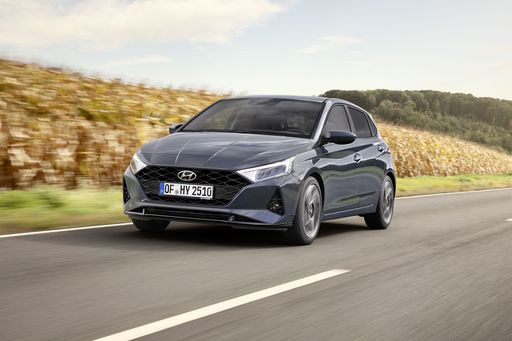 @ hyundai.news
@ hyundai.news
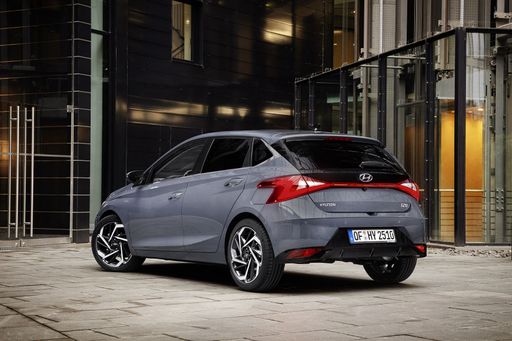 @ hyundai.news
@ hyundai.news
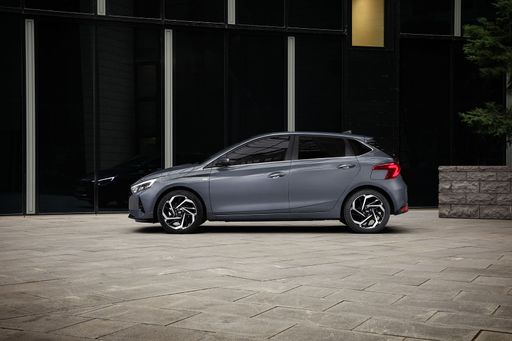 @ hyundai.news
@ hyundai.news
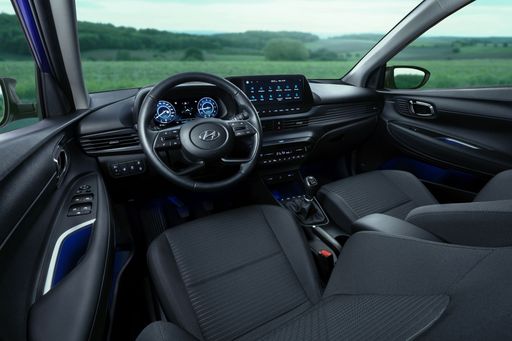 @ hyundai.news
@ hyundai.news
 @ hyundai.news
@ hyundai.news
Mazda CX-5
The Mazda CX-5 exemplifies the perfect blend of style and practicality, offering a sleek design that turns heads while providing ample space for passengers and luggage. Its refined interior boasts high-quality materials and a user-friendly interface, making every journey a comfortable experience. With its engaging driving dynamics, the CX-5 delivers both performance and efficiency, appealing to drivers who crave excitement and reliability.
details @ de.mazda-press.com
@ de.mazda-press.com
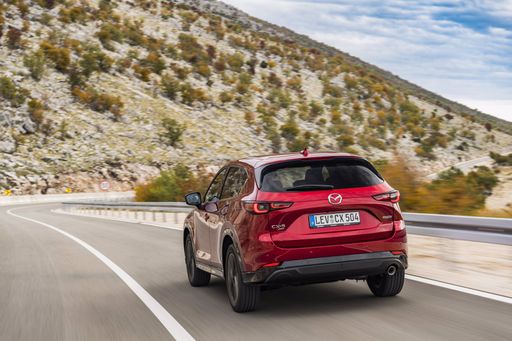 @ de.mazda-press.com
@ de.mazda-press.com
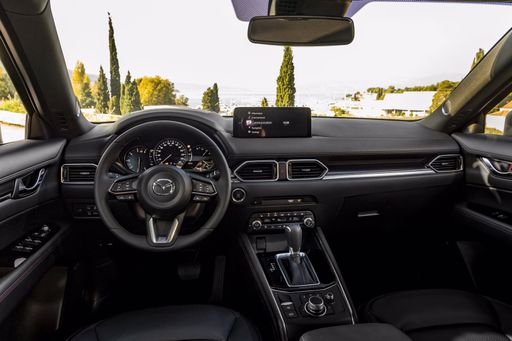 @ de.mazda-press.com
@ de.mazda-press.com

|

|
|
|
|
Costs and Consumption |
|
|---|---|
|
Price
17400 - 24000 £
|
Price
30000 £
|
|
Consumption L/100km
5.2 - 5.3 L
|
Consumption L/100km
7 L
|
|
Consumption kWh/100km
-
|
Consumption kWh/100km
-
|
|
Electric Range
-
|
Electric Range
-
|
|
Battery Capacity
-
|
Battery Capacity
-
|
|
co2
119 - 121 g/km
|
co2
157 g/km
|
|
Fuel tank capacity
40 L
|
Fuel tank capacity
56 L
|
Dimensions and Body |
|
|---|---|
|
Body Type
Hatchback
|
Body Type
SUV
|
|
Seats
5
|
Seats
5
|
|
Doors
5
|
Doors
5
|
|
Curb weight
1088 - 1190 kg
|
Curb weight
1629 kg
|
|
Trunk capacity
352 L
|
Trunk capacity
583 L
|
|
Length
4065 - 4075 mm
|
Length
4690 mm
|
|
Width
1775 mm
|
Width
1860 mm
|
|
Height
1450 - 1455 mm
|
Height
1695 mm
|
|
Max trunk capacity
1165 L
|
Max trunk capacity
2019 L
|
|
Payload
450 - 472 kg
|
Payload
-
|
Engine and Performance |
|
|---|---|
|
Engine Type
Petrol
|
Engine Type
Petrol MHEV
|
|
Transmission
Automatic, Manuel
|
Transmission
Automatic
|
|
Transmission Detail
Dual-Clutch Automatic, Manual Gearbox
|
Transmission Detail
Automatic Gearbox
|
|
Drive Type
Front-Wheel Drive
|
Drive Type
Front-Wheel Drive
|
|
Power HP
79 - 100 HP
|
Power HP
141 HP
|
|
Acceleration 0-100km/h
11.1 - 13.7 s
|
Acceleration 0-100km/h
10.50 s
|
|
Max Speed
166 - 183 km/h
|
Max Speed
195 km/h
|
|
Torque
113 - 200 Nm
|
Torque
238 Nm
|
|
Number of Cylinders
3 - 4
|
Number of Cylinders
4
|
|
Power kW
58 - 74 kW
|
Power kW
104 kW
|
|
Engine capacity
998 - 1197 cm3
|
Engine capacity
2488 cm3
|
General |
|
|---|---|
|
Model Year
2024
|
Model Year
2025
|
|
CO2 Efficiency Class
D
|
CO2 Efficiency Class
F
|
|
Brand
Hyundai
|
Brand
Mazda
|
What drivetrain options does the Hyundai i20 have?
The Hyundai i20 is offered with Front-Wheel Drive.
The prices and data displayed are estimates based on German list prices and may vary by country. This information is not legally binding.
